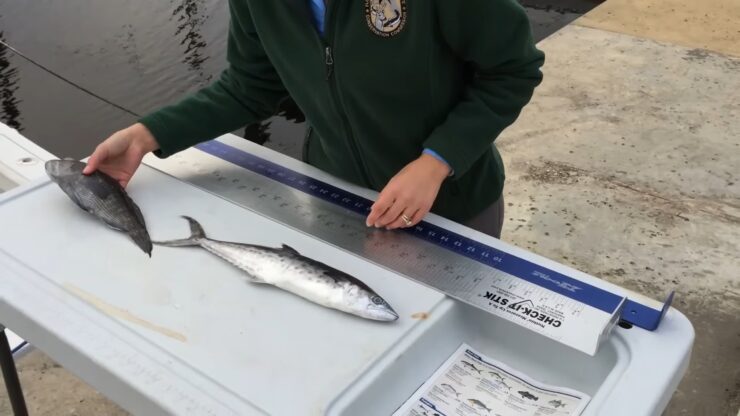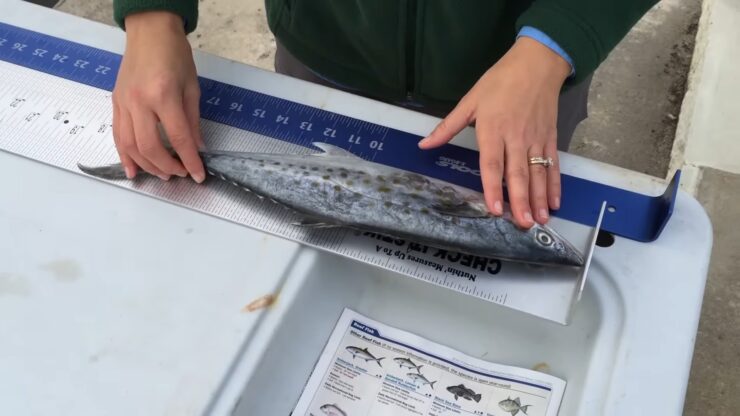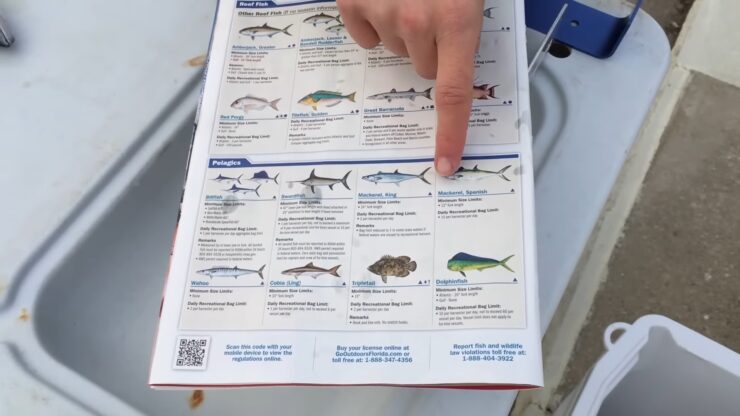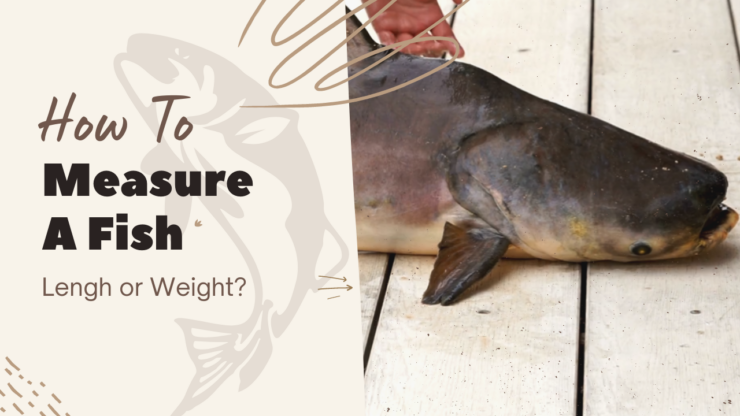The act of catching fish has always been a somewhat special activity. Alongside hunting, the premise of going into the wild and battling nature only to come back victorious and with the catch is enough for all sorts of stories. Anglers are heroes in their own right, but what if what they claim is simply not true?
It has always been somewhat of a mystery, to both fishermen and those who have never gone fishing, what the proper way to measure a fish is. Tall fishing tales or not, claims of the biggest fish ever caught, there have been a lot of such cases and there still are. Everyone wants the biggest fish, but what constitutes one?
Two of the most logical choices to measure the size of the fish are quite obvious. It is either the length or the weight. But what is the correct option between the two and does it matter? If so, how much and why?
Between two big fish, does the longer one win or the heavier one? In this article, we talk about this age-old mystery so that you and your fellow fishermen can know what to do when you get overly competitive next time around.
Importance of Getting It Right
Over thousands of years of human society, fishing has been a very important part of everyday life. More so in the past, it was one of if not the only source of food for numerous communities which grew in size and importance as fishing towns. Fishermen were renowned for their skills and respected in the community.

Not a lot has changed since then, apart from huge advancements in gear and equipment. These days, fishermen have it very good and they no longer need to struggle with coming up with ways to use rods, lines, hooks and bait.
However, there still seems to be trouble when the fish is caught, both on the competitive stage and in private life. Every fisherman wants their fish to end up bigger than the next, but there is actually a correct way of measuring it.
The Length
There are actually three ways to measure the length of a fish. While on the measuring board, standard, total, and fork lengths can be measured. The standard length is from the snout to the tail end of the fish. The total length is from the tip of the snout to the end of the tail fin. Finally, the fork length is from the tip of the snout to the center of a concave tail.

Different fish are measured for length in different ways, as well as in different situations. What matters most is consistency and the reasoning behind it should be respected every time. It matters greatly especially when the tail fin is long as it can greatly disrupt the total length of the measured fish.
The Weight
For some fish, the weight can be roughly determined by measuring the length. For example, the snapper typically weighs 3.1 kg when its fork length is 54 cm. When it is 100 cm, it weighs 17.1 cm, and so on. Every fish species has this rough estimate, which is often enough when measuring the weight of a fish.
However, this does not seem to be accurate enough for many anglers who would still like for their fish to actually be measured for its weight. Fish can have different weights despite being equal in length, just like two humans can weigh different despite looking the same and being of the same height.
Sadly, when sport fishing is concerned, fish are returned to the water and they are not suitable for actual weighing on a scale. They are not still and will not stay in place. Fish scales with hooks do the trick but they need to be handled carefully so as not to hurt the fish.
The scales have hooks that can damage the fish and make it unable to survive and are usually used when the fishermen keep the fish to eat or sell.
It Depends on the Circumstance
As you have probably realized by now, the question of whether you measure the length or the weight of the fish depends on where you are fishing and why. Returning the fish into the water implies not hurting it. It is enough that it got hooked and therefore injured. Prolonging its suffering and submitting it to additional injury is no better than keeping it.
Therefore, in sport fishing and tournaments where the anglers return everything they catch, the fish are measured for length. Of course, you need to have reference values with you to know what the type of length measurement means for the estimated weight of your catch.
On the other hand, when fishing for your own needs and keeping the fish to bring home to your family, or when fishing to supply a store and live off of your skill, the actual weight of the fish is measured. The length is not really of value, particularly because the head and the tail fin will not be used.

Various scales can be used, from regular tabletop ones where you can measure the whole net full of fish at once, to small hanging scales with hooks for individual fish. Since you are keeping them, there is no reason to measure the length but only the weight. That is how you know how much you have caught to sell or how much you need to eat.
To answer the titular question, there is no definite answer. There is no better way to measure a fish because both the length and the weight are important. It is a special case really, further establishing fishing as a very unique activity.
If you are taking part in a competition, there will be clear guidelines for everyone and all of your fish will be checked by the officials anyway. If you are doing on your own and looking to bring home dinner, the actual weight (and the total amount of fish) is all you should worry about.
Meet Maria Alexander, the fearless adventurer steering the ship at KayakPaddling.net. Her mission? To convince you that life’s too short for dry land and that the best stories always start with “So there I was in my kayak…”
Related Posts:
- Heavy Duty Fishing: 11 Best Rods And Reels For Big Fish 2025
- 10 Best Saltwater Fishing Boats - Ultimate Angling Adventure
- 12 Best Fishing Lures Ever 2025 - Baits That…
- 10 Best Fish Finders Under $200 2025 - Top Affordable Picks
- 12 Best Bass Boats Under $20,000 2025 - Catch Your Prize
- 16 Best Kayak For Beginners 2025 - Kayaking Adventure Gear












